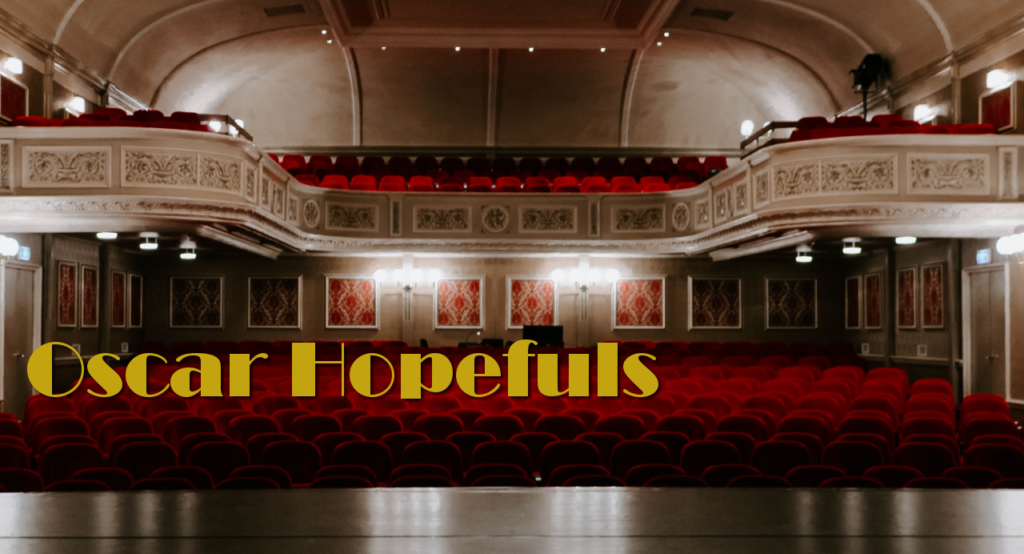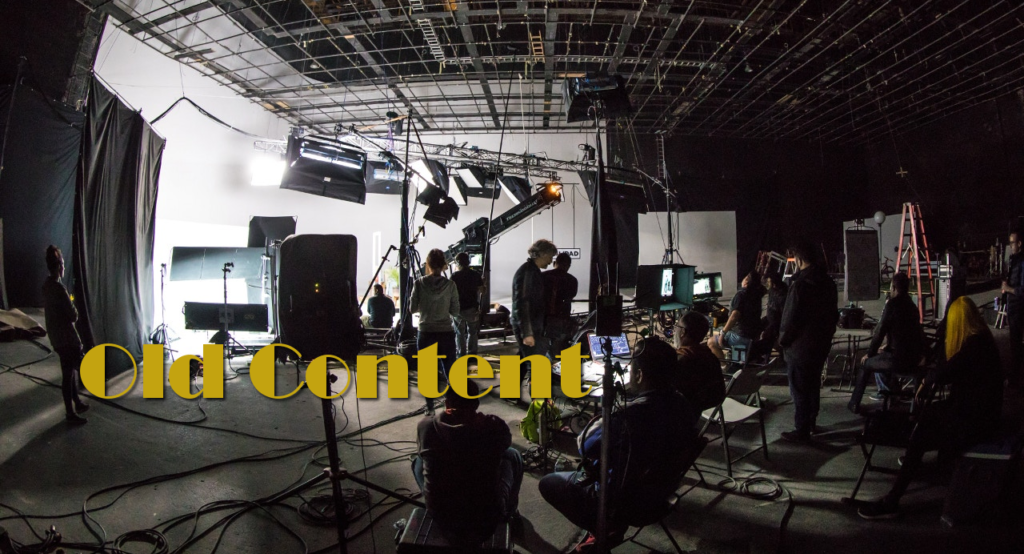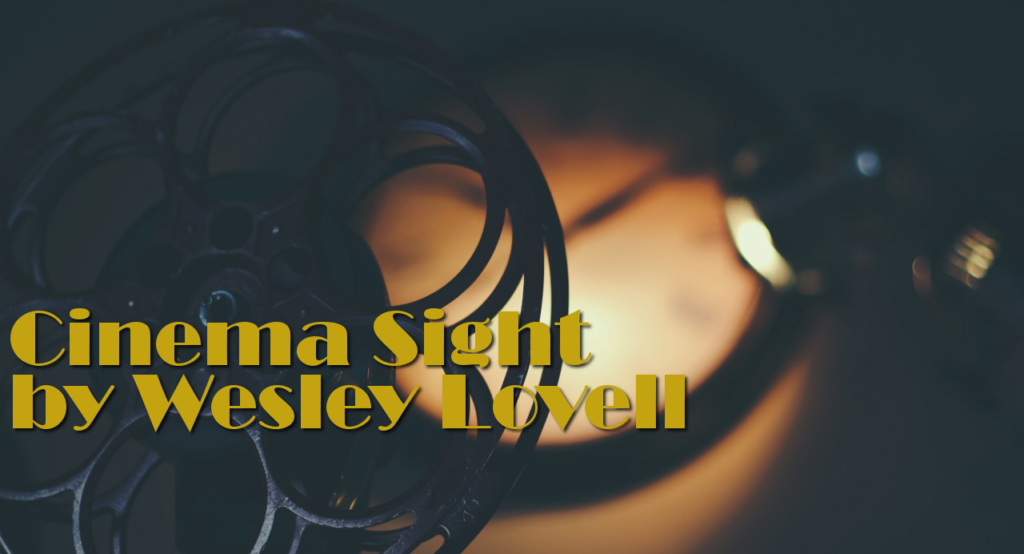
Paramount has released three more films in its Centennial Collection. As with previous releases, these are re-mastered editions of previously released DVDs with tons of extras.
Initial reviews of John Ford’s The Man Who Shot Liberty Valance in May 1962, ranged from respectful to indifferent. It wasn’t until the 1970s when Ford was dead and westerns were no longer being widely produced that the film gained the reputation it has enjoyed ever since as Ford’s last great film and one of the greatest of the genre.
At the time of its release audiences didn’t need to go out to a movie to enjoy a good western, there were more than a dozen weekly TV cowboy shows and had been since the mid-1950s. In order to entice audiences to go out to see one on the big screen it had to be bigger than life with lots of stars and most importantly, filmed in color. Liberty Valance was none of that. It had been shot in black and white, mostly on sound stages and its stars, though certainly big, were playing men half their age.
John Wayne and James Stewart had been playing middle-aged, even old men, for years. To see them suddenly playing characters they might have played a quarter of a century earlier required a suspension of disbelief audiences of the day weren’t particularly interested in doing.
Stewart suffers more than Wayne in this regard. Wayne’s character, though in his prime, is a veteran gunman who acts as mentor to Stewart’s struggling young attorney. He could really be any age. Stewart, who was the same age as Wayne, 54 at the time of filming, looks even older than Wayne. Soft focus and reverting to the “aw shucks” mannerisms of his youth only take him so far, and yet, he’s very effective in the role, even authoritative as the character matures and ages in the end.
The film is basically about the restlessness of youth to succeed, to get on with things, to have a better life, and in the end when he is no longer young, for him to long for the past he was so quick to turn away from.
In order for Stewart to succeed in the rough and tumble west he must face and kill the loathsome outlaw who has been terrorizing him, the dastardly Liberty Valance, played by Lee Marvin in the role that launched his star career after years of playing supporting roles. There is a gunfight. Both men shoot their guns at one another. Marvin falls dead and Stewart emerges as a hero, goes on to become a United States Senator and returns to the town of his legend to attend the funeral of the long forgotten Wayne.
The story is told in flashback as Stewart responds to a reporter’s question as to why he came to town to attend the funeral of such an unimportant old man. In telling the story of his relationship with Wayne, Stewart reveals that it was Wayne, hiding across the street, who actually shot Liberty Valance. The reporter refuses to print the story, uttering the film’s legendary line, “This is the west sir. When the legend becomes fact, print the legend.”
Who was the better man? Stewart, who spent his life doing noble deeds, or Wayne, who lived by the gun until the gun was no longer needed? Ford’s sympathies obviously lie with Wayne. As he says to Peter Bogdanovich in the archival footage of one of the film’s extras, Stewart had the bigger part, but Wayne was the star. Also with Vera Miles as Wayne’s girl who becomes Stewart’s wife and Edmond O’Brien as the newspaper editor in the flashback sequences.
By the time Howard Hawks made El Dorado three years later, the studio system was dying, Gulf and Western was about to take over Paramount, and the film was allowed to be made only because of the star power of John Wayne and Robert Mitchum. Even so, the film was released in Japan in December 1966, and did not open in the U.S. until June 1967, two years after it was made.
The film is essentially a remake of Hawks’ last highly successful film, 1959’s Rio Bravo, with Mitchum, James Caan and Arthur Hunnicutt substituting for Dean Martin, Ricky Nelson and Walter Brennan as Wayne’s sidekicks and Charlene Holt replacing Angie Dickinson as the love interest.
The film split critics down the middle. On the one hand were the auteurists, led by Andrew Sarris, who saw the film as the latest in a long line of distinguished Hawks films that complimented the likes of Scarface, Brining Up Baby, Only Angels Have Wings, His Girl Friday and Red River. On the other hand were Pauline Kael and her followers, dubbed the Paulettes, who hated it, seeing it only as another movie in which grown ups played kids’ games.
Although I am generally on the side of Sarris and the auteurists, and generally loathe Kael’s long-winded, simple-minded hack job reviews, I have to agree more with Kael and the Paulettes on this one. Though the film has some stunning photography, it is basically a retread of Rio Bravo, a film that was less than ten years old at the time and not one of my particular favorites.
Hawks made only one more film, 1970’s Rio Lobo, an even paler imitation of Rio Bravo, and of El Dorado.
Neil Simon’s popular 1965 Tony award-winning play The Odd Couple was turned into an even more successful film and later TV series. It has been revived on stage in numerous iterations including one in which the protagonists are female. I guess you could say it has universal appeal.
When the play first appeared, Art Carney as the fastidious Felix was the bigger draw than co-star Walter Matthau as the slovenly Oscar, but when it came time to make the film in 1968, Paramount honcho Bob Evans wanted a bigger star and went after Jack Lemmon who had co-starred two years earlier with Matthau in The Fortune Cookie for which Matthau had won an Oscar. Gulf and Western, by now exercising almost complete control over Paramount’s expenses, OK’d Lemmon’s $1 million salary but budgeted the entire film at $1.4 million which included Matthau’s $300 thousand. There was no room left in the budget for Lemmon and Matthau’s director of choice, Billy Wilder. Enter Gene Saks, who had helmed the Broadway production.
Though opened up for the screen, the film is still mainly set in the apartment which diametrically opposed, recently divorced Lemmon and Matthau now share. The principal supporting players are Matthau’s card-playing buddies and the Pigeon sisters, two slightly whacky English birds played by Monica Evans and Carole Shelley. Though the long running TV series with Tony Randall as Felix and Jack Klugman as Oscar had more heart, the film stands on its own as a minor comedy classic. Shelley and Evans had the distinction of playing their roles in the Broadway production, the film and, briefly, the TV series.
Extras include interviews with Shelley and David Sheiner, the only remaining member of the card players, as well as director Saks and Lemmon and Matthau’s sons, Chris and Charlie.
Classic films on DVD have been given a shot in the arm by Warner Bros. which recently launched the Warner Archive, a collection of films from the vault which can be ordered from their website and now the TCM website as well. The films can be manufactured on demand or downloaded over the internet from the Warner site for $20 and $15 respectively. The initial releases made available in April totaled 150. Another 40 titles were added in May, with more to come each month from the Warner Bros. catalogue of more than 5,000 Warner Bros., MGM, RKO, Allied Artists and Monogram titles.
Among the titles currently available are:
- Abe Lincoln in Illinois (1940) – Raymond Massey, Ruth Gordon.
- The Actress (1953) – Spencer Tracy, Jean Simmons.
- All Fall Down (1962) – Warren Beatty, Brandon de Wilde.
- Bhowani Junction (1956) – Ava Gardner, Stewart Granger.
- The Big House (1930) – Chester Morris, Wallace Beery.
- The Citadel (1938) – Robert Donat, Rosalind Russell.
- Emma (1932) – Marie Dressler, Richard Cromwell.
- Four Daughters (1938) – John Garfield, Priscilla Lane.
- Interrupted Melody (1955) – Eleanor Parker, Glenn Ford.
- Invitation (1952) – Dorothy McGuire, Van Johnson.
- Johnny Eager (1942) – Robert Taylor, Lana Turner.
- The Magnificent Yankee (1950) – Louis Calhern, Ann Harding.
- Mrs. Parkington (1944) – Greer Garson, Walter Pidgeon.
- On Borrowed Time (1939) – Lionel Barrymore, Sir Cedric Hardwicke.
- Party Girl (1958) – Robert Taylor, Cyd Charisse.
- Pride of the Marines (1945) – John Garfield, Eleanor Parker.
- Princess O’Rourke (1943) – Olivia de Havilland, Robert Cummings.
- Private Lives (1931) – Norma Shearer, Robert Montgomery.
- Rasputin and the Empress (1932) – John, Ethel and Lionel Barrymore.
- The Shining Hour (1938) – Joan Crawford, Margaret Sullavan.
- Strange Interlude (1932) – Norma Shearer, Clark Gable.
- Sunrise at Campobello (1960) – Ralph Bellamy, Greer Garson.
- Three Comrades (1938) – Margaret Sullavan, Robert Taylor.
- Tugboat Annie (1933) – Marie Dressler, Wallace Beery.
- When Ladies Meet (1941) – Joan Crawford, Greer Garson.


















Leave a Reply